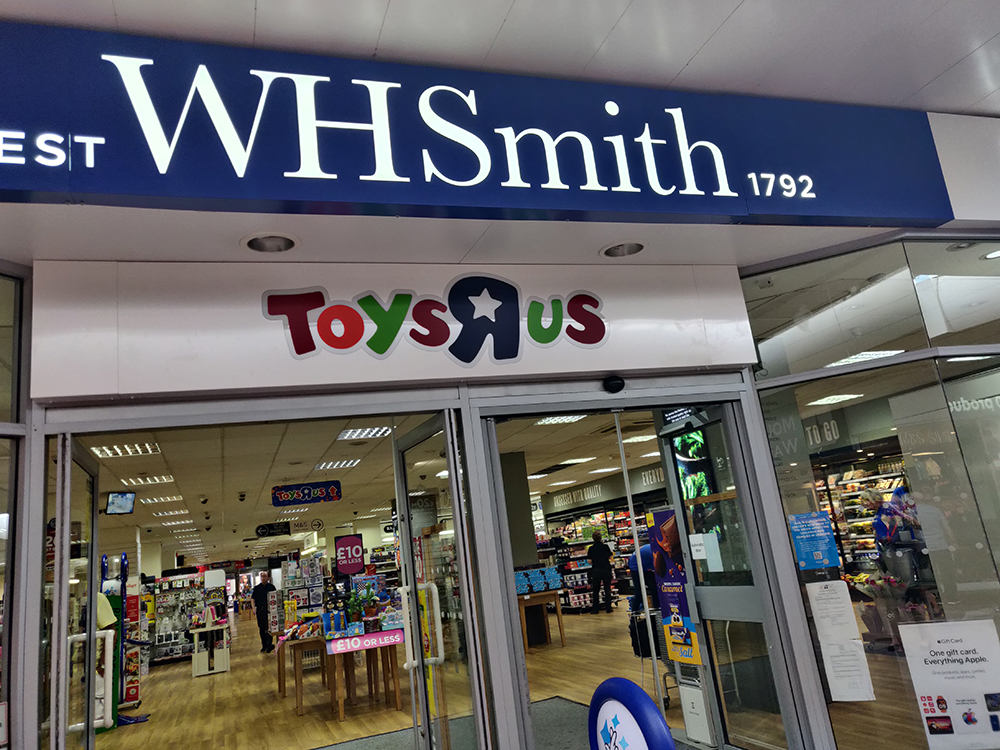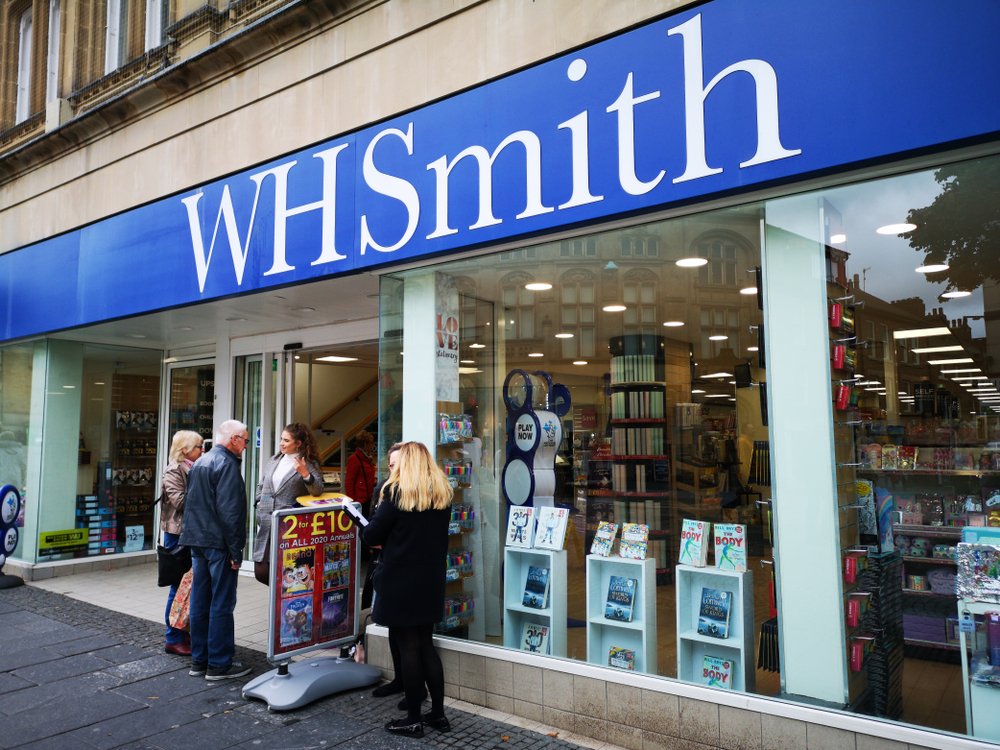Loyalty cards and till receipts as we know them may soon be consigned to the doldrums as millions of UK consumers demand smoother, better integrated shopping experiences, according to new research from global payments provider WorldPay.
In a new report released today examining public attitudes to paying for goods and services, WorldPay revealed that a staggering 8 million UK shoppers use their loyalty cards less than they did a year ago as increasing numbers lose patience with traditional schemes.
The research shows as many as 1 in 3 consumers are failing to derive any value from their loyalty cards, with 30 per cent of UK consumers finding it difficult to remember to take their loyalty card with them when shopping. Loyalty cards remain vital for retailers as seven out of ten said that owning a loyalty card made them feel more faithful to a brand.
The survey also found that 75 per cent of shoppers would like loyalty schemes to be linked to their payment card to ensure that they are automatically rewarded for purchases, while 21 per cent want loyalty cards to be stored on a smartphone payment app.
In a further sign of consumers‘ desire for greater digital integration in their shopping experiences, the research also revealed traditional paper till receipts may soon be on their way out. Younger shoppers are especially keen to see their demise, with 26 per cent of 16-24 year-olds wanting to receive vouchers through text and 21 per cent through a mobile app instead. However, more than half of older consumers aged 25-64 would still prefer a paper voucher issued at the till instead.
The importance of claiming discounts and rewards easily and automatically is highlighted by the growth in popularity of cashback cards and discount services. For example, Groupon is now used by 1 in 10 shoppers (11 per cent) and credit card cashback schemes by more than 15 per cent.
Commenting on the findings, Ron Kalifa, Deputy Chairman at WorldPay said: “Our research shows that shoppers are starting to lose patience with loyalty schemes as expectations of the ease and speed of payments increase. With new legislation on interchange fees reducing the income card issuers have traditionally received, there‘s a clear commercial incentive for them to maximise the success of their promotions and engage retailers directly, rather than rely on cashback discounts.
“As well as developing the technology to better incorporate loyalty card payments, there is a role for payment service providers to play in brokering the relationship between retailers, publishers and card issuers. Loyalty cards provide vital business intelligence for retailers, and valuable savings for shoppers, so it‘s critical that they‘re incorporated into the way consumers pay today.”
With numerous contactless smartphone payment start-ups including Cloud Zync and ZNAP launching this summer it is clear momentum is growing for new omnipayment solutions. However, consumers remain cautious with only 8 per cent say they would like to use smartphones to make contactless payments. 45 per cent said they are still concerned about security.
The survey also found that despite usage declining, 9 in 10 consumers still use a loyalty card, with the most popular being the Tesco Clubcard (68 per cent) followed by the Nectar card at 59 per cent and Boots Advantage Card at 48 per cent.

















